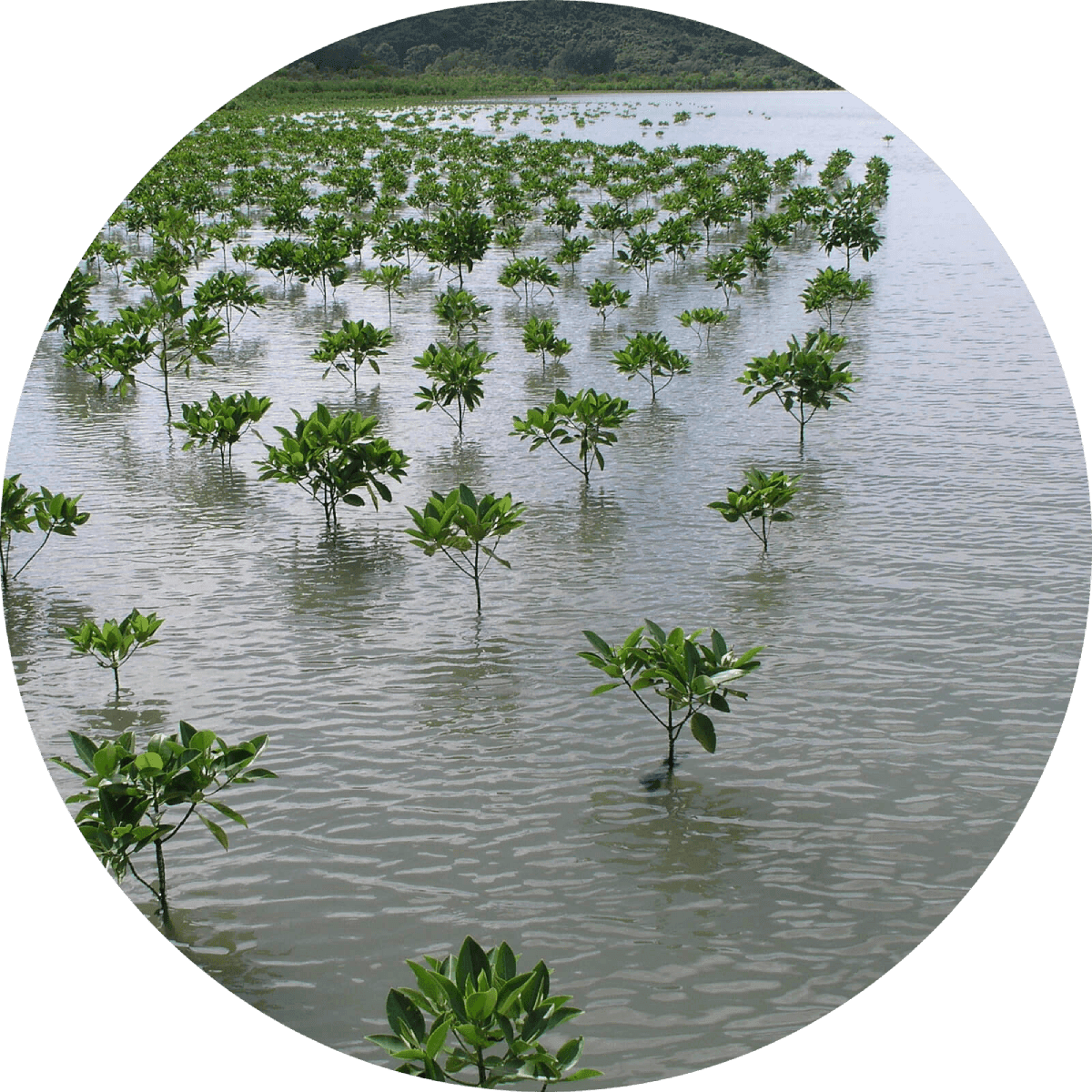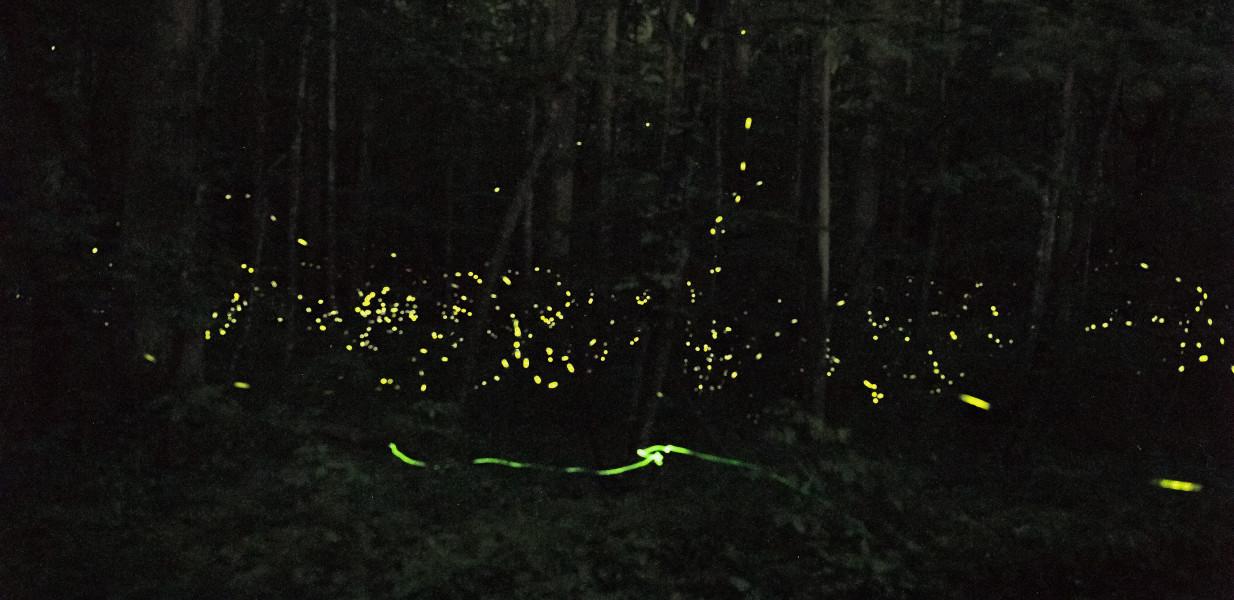Chemical Pollution, Flint Water Crisis
2014 - Present • Flint, Michigan, USA
In 2014, Flint, Michigan switched its water supply from Detroit's system to the Flint River. “The switch was made as a cost-saving measure for the struggling, majority-black city. Soon after, residents begin to complain about the water's color, taste and odor, and to report rashes and concerns about bacteria.” The untreated, corrosive Flint River water caused lead from aging pipes to leach into the water supply, causing extremely elevated levels of lead. It is believed 8,000 children under 6 have been exposed to lead in Flint's water and they “may have suffered irreversible damage to their developing brains and nervous systems from exposure to lead.”
"Events That Led to Flint's Water Crisis." The New York Times. The New York Times, 20 Jan. 2016. Web. 25 Feb. 2016.; Goodnough, Abby. "Flint Weighs Scope of Harm to Children Caused by Lead in Water." The New York Times. The New York Times, 29 Jan. 2016. Web. 25 Feb. 2016.
Courtesy of Connor Coyne, August 2006


Learn about Maya Lin’s fifth and final memorial: a multi-platform science based artwork that presents an ecological history of our world - past, present, and future.

Discover ecological histories and stories of former abundance, loss, and recovery on the map of memory.

Learn how we can reduce our emissions and protect and restore species and habitats – around the world.

See how art can help us rethink the problems we face, and give us hope that each one of us can make a difference.

Help make a global memorial something personal and close to home. Share your stories of the natural world.


